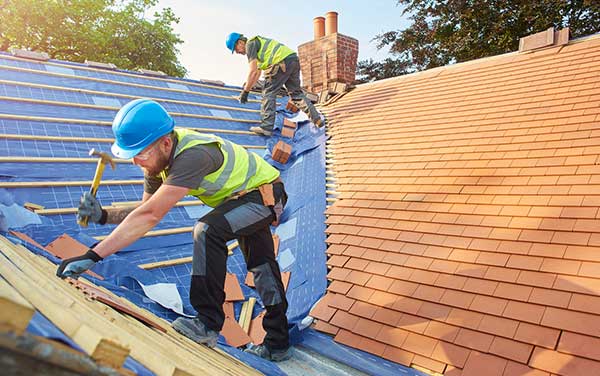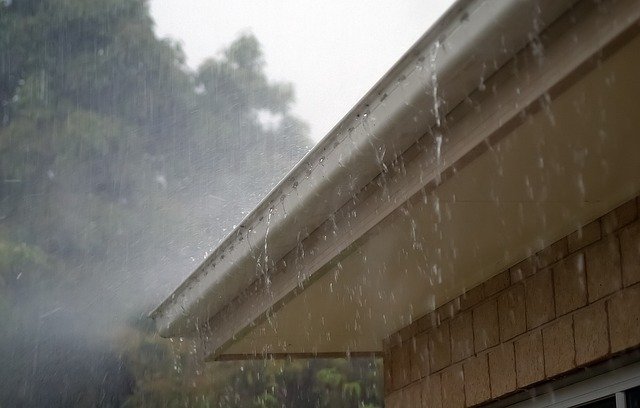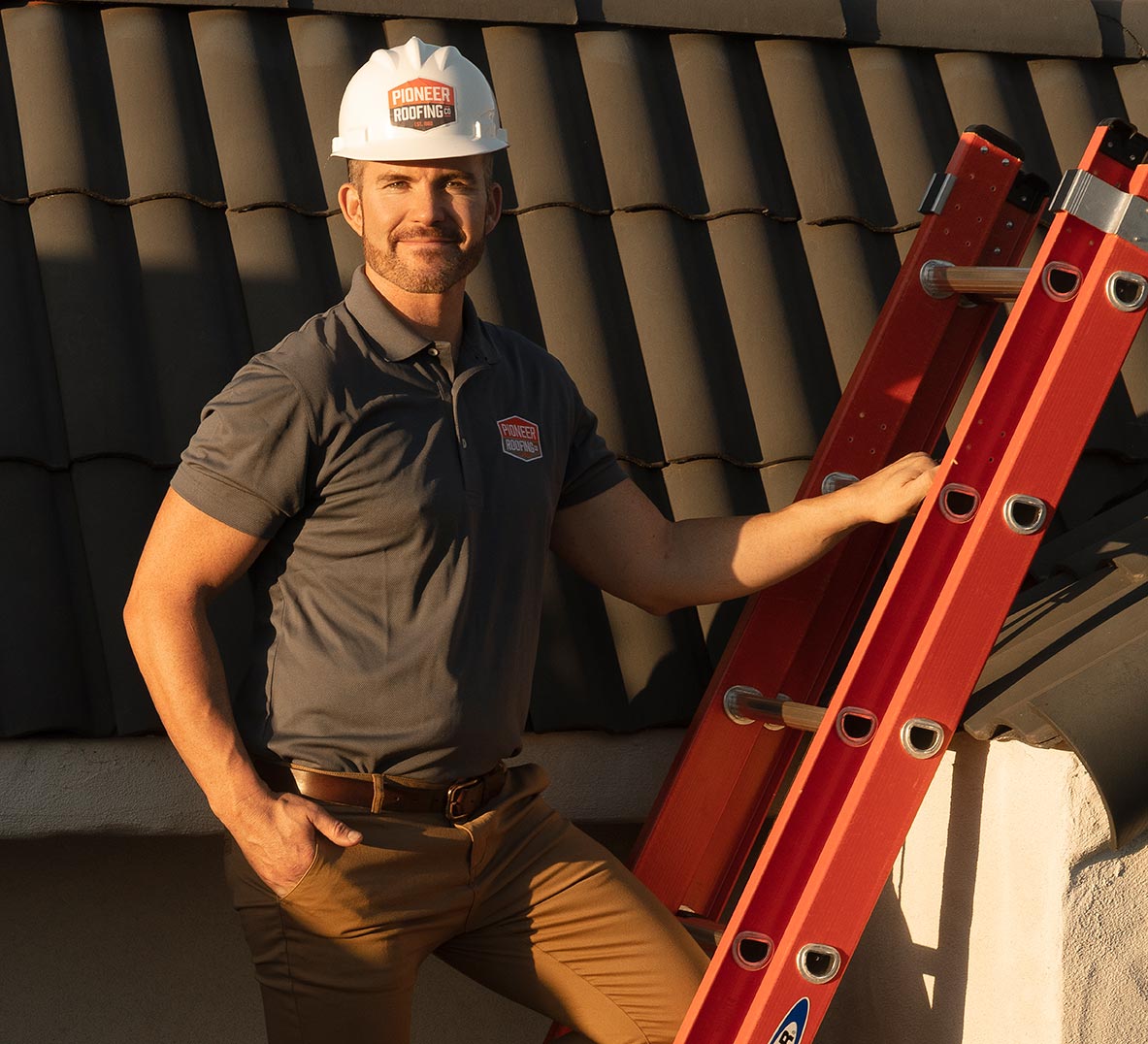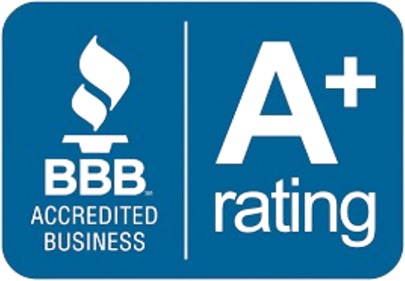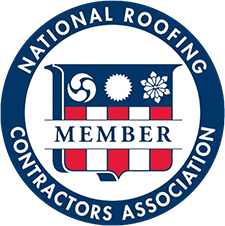Roof repairs are usually the last thing in a homeowners mind. Even as it protects an entire home, a roof is usually left alone. A roof is only noticed when it is leaking and then, only patched up quickly.
Homeowners need the right information so they can get proper roof repairs. Incorrect fixes lead to structural deterioration or leaks, which can cause health and safety risks.
A damaged roof can also cause the HVAC system to work more to regulate the house’s temperature. This increases electricity costs. Keep the following in mind when planning to have a roof serviced.
1. Roofs should not be repaired in patches
Many national building codes allow placing roofing materials over the existing system. Though it is quick to keep a home free from leaks, it does not fix the bigger issue.
Roofs are not just made of tiles. Under the tiles are shingles and wood sheathing to separete the roof from the attic or ceiling. Placing new tiles over old sheathing is not recommended. It keeps the structure but does not repair it fully.
The only way to inspect a leaking roof properly is to strip it down to the sheathing so that proper treatments and repairs can be made.
2. There are different types of shingles
Some roofing materials are made to last longer than others. Shingles are made to be resistant to wear. Some companies guarantee their products for half a century or to withstand 130mph winds. Products today are reinforced with fiberglass or laminated in some way for extra strength.
Algae-resistant shingles are popular in humid areas because they contain granules of zinc and copper. When these come in contact with water, they turn into algaecides. When deciding on a type of roofing, see if there are products that can help the home better adapt to the climate of an area.
3. Roofs have more components than just tiles
Flashing, the material that diverts water away from roof openings like vents, pipes, and chimneys, should be inspected and replaced just as often as other parts of the roof. Since flashing has the important job of preventing water from entering the house, it is made to be durable. Sometimes, though, flashing can tear or rust from the elements. Improper installation can also damage it. Roof inspections done every six months would help a homeowner catch dried caulking, ineffectual sealant, or pieces of shingle that impede the flashing from functioning.
Apart from flashing, the roof’s gutters are also an important part of keeping a home free from leaks. The gutters collect water from the flashing and lead it away from the home, preventing the exterior walls and foundation from getting worn by water over time.
It is good practice to keep gutters free from leaves, twigs, sediment, and other things that might clog it up. Gutter clogs can cause ice-damming, and a faulty gutter system can rot the sheathing at the roof’s edges.
4. Roof maintenance is also about insulation
There must be a balance between insulation and ventilation in a house. Adding insulation just for the sake of it may block ventilation openings at a roof’s eaves, which can trap condensation and cause water buildup. This, in turn, warps sheathing and can cause molds to form.
Consulting a professional roofer will help you determine the amount of insulation your home needs. They can help determine the thermal resistance for your particular space and recommend adjustments. Inadequately ventilation, like clogged dams, can cause ice-damming. It can also cause frost accumulation in the attic.
Conclusion
A long-lasting roof system does not happen by accident. Roofs need monitoring and inspections like any other part of a house. Professional repairmen can help a homeowner see minor issues, so they can respond to these before it’s too late.
For residential roofing in San Diego, contact our professional team at Pioneer Roofing Company today.

